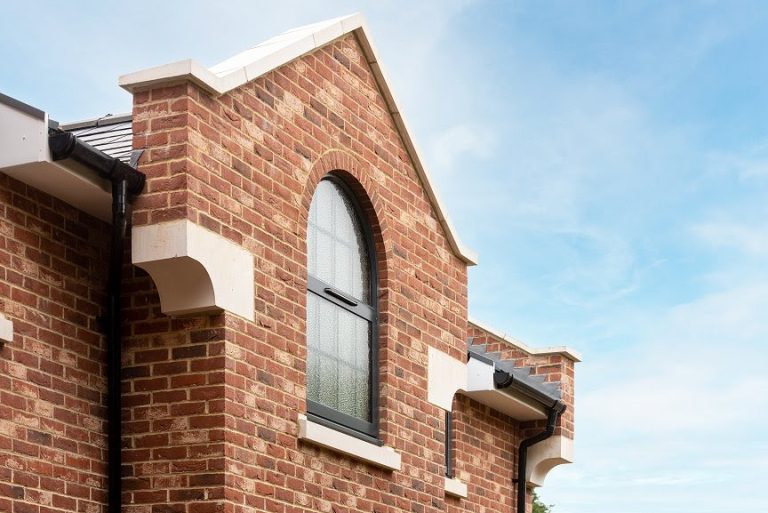Despite a four year delay, the latest research by London lettings and estate agent, Benham and Reeves, has found that house prices surrounding Crossrail stations are still largely outperforming the wider areas in which they are located. Last week, a ‘crucial milestone’ was reached as testing began on the long-awaited Crossrail route and the research by Benham and Reeves shows that, on average, property values in postcodes home to a Crossrail station sit 17% higher than the wider area. Current Crossrail Property Price Premiums Current property prices in postcodes due to benefit from a Crossrail station currently average £572,686, 17% higher compared to the average £490,429 across the wider districts in which they are found. Tottenham Court Road is home to the highest Crossrail boost, with property prices in the W1 postcode currently averaging just shy of £2m, 140% higher than the wider borough of Camden (£822,936). Bond Street (97%), Liverpool Street (55%), Twyford (40%), Gidea Park (32%), Iver (27%), Whitechapel (26%), West Ealing (22%), Shenfield (21%) and Canary Wharf (17%) are also home to some of the largest Crossrail property price premiums. Crossrail Property Price Growth Since Crossrail was approved in July 2008, property values in postcodes due to benefit from a station have climbed by 65% on average, far higher than the 39% seen across the UK. Crossrail stations within London have seen prices increase at an even greater rate, up 71% since 2008, although this rate of growth sits at the same level as London as a whole. Tottenham Court Road and Bond Street have, again, seen the biggest boost with values in the W1 postcode climbing by 172%. Woolwich has also seen a notable jump with property prices up 122%, along with West Ealing (97%), Twyford (92%) and Maryland and Stratford (89%). However, the research by Benham and Reeves shows that in addition to Crossrail station house prices sitting 17% higher than their wider areas today, this premium has also increased from 14% since it was first approved. This boost in Crossrail house prices is even more substantial across some stations. In 2008, property prices in Tottenham Court Road’s W1 postcode were 39% higher than the wider area of Camden. However, today this premium sits at 140%, a 101% increase in the price premium paid for Crossrail properties. Crossrail also seems to be reversing negative price trends found around stations due to benefit. In Woolwich, for example, the average house price in the Crossrail postcode of SE18 was £181,022 in 2008, -23% lower than the wider borough of Greenwich (£233,729). Today, the average price in the postcode has increased to £401,326 and while it remains lower than the average for Greenwich as a whole (£421,221), this gap has closed to just -5%. In other areas, Crossrail house prices have seen a complete turnaround. In 2008, the average property price in the IG postcode (£254,328), home to the Goodmayes and Seven Kings Crossrail stations, came in -6% below the wider borough of Redbridge (£271,019). Today, the postcode is home to an average property price of £478,831, 5% higher than the average of £456,098 seen across Redbridge as a whole – an 11% swing on the premium paid for homes close to the Crossrail station. Director of Benham and Reeves, Marc von Grundherr, commented: “Despite the ongoing and extensive delays, Crossrail remains one of the most eagerly anticipated developments to the London landscape in recent times. It’s set to transform the way we traverse the capital by train and will substantially shorten journey times for both Londoners, and those commuting from further afield. So it’s hardly surprising that despite its late arrival, many areas due to benefit continue to see a substantial rate of property price growth, with homes surrounding a Crossrail station also commanding a notable premium when compared to the wider area in which they are located. This strong market performance also comes against a backdrop of Covid uncertainty which has seen London underperform to some extent when compared to other regions of the UK. However, the capital has started to regain momentum with many now returning to work as lockdown restrictions are eased and so we expect to see house prices along the Crossrail route continue to climb as its launch approaches.” Table shows the top 10 Crossrail stations with the largest property price premium when compared to the wider area CrossRail Station Outcode Average Crossrail Postcode Property Price Wider area Average Property Price Difference (%) Tottenham Court Road W1 £1,972,185 Camden £822,936 140% Bond Street W1 £1,972,185 City of Westminster £1,000,560 97% Liverpool Street EC2 £1,046,782 City of London £675,309 55% Twyford RG10 £581,908 Wokingham £416,164 40% Gidea Park RM2 £500,367 Havering £378,213 32% Iver SL0 £534,069 Buckinghamshire £419,428 27% Whitechapel E1 £574,017 Tower Hamlets £455,633 26% West Ealing W13 £634,733 Ealing £520,674 22% Shenfield CM15 £538,243 Brentwood £445,723 21% Canary Wharf E14 £533,976 Tower Hamlets £455,633 17% Average £572,686 Average £490,429 17% Table shows the top 10 largest increases in Crossrail house prices since the scheme was approved in July 2008 CrossRail Station Outcode Average Crossrail Property Price – July 2008 Current Average Crossrail Property Price Change % Tottenham Court Road/Bond Street W1 £725,603 £1,972,185 172% Woolwich SE18 £181,022 £401,326 122% West Ealing W13 £322,644 £634,733 97% Twyford RG10 £303,248 £581,908 92% Maryland/Stratford E15 £232,879 £439,325 89% Goodmayes/Seven Kings IG3 £254,328 £478,831 88% Abbey Wood SE2 £196,698 £368,266 87% Forest Gate E7 £234,723 £437,470 86% Manor Park E12 £222,916 £401,192 80% Romford RM1 £199,635 £354,024 77% Average (All Crossrail Stations) £322,981 £534,284 65% Average (London Crossrail Stations) £329,637 £564,046 71% Average UK House Price £290,261 £496,269 39% Average London House Price £179,845 £250,341 71% Table shows the top 10 Crossrail stations to see the biggest change in property price difference vs the wider area between 2008 and now CrossRail Station Outcode Wider area Crossrail property price vs wider area 2008 Crossrail property price vs wider area 2021 Change in Crossrail price














